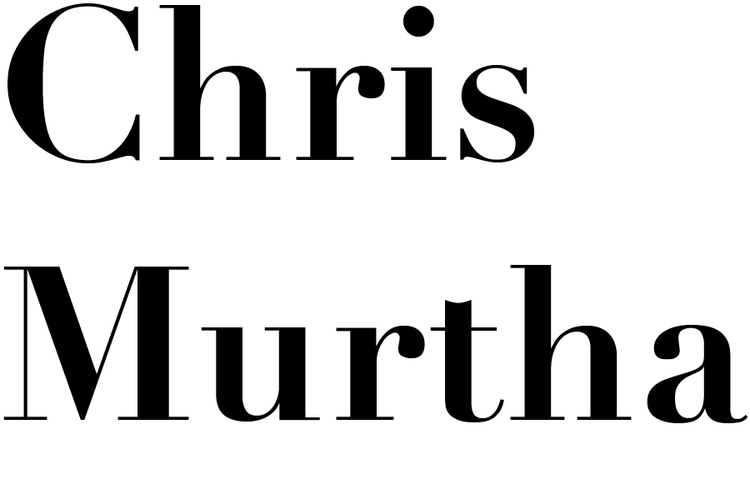Closing out 2021 with reviews of two recent exhibitions: the Swiss Institute’s excellent, if incomplete survey of Rosemary Mayer’s fabric sculptures and temporary monuments; and Erin Shirreff’s presentation of sculptural photographs and photo-based sculptures.
Rosemary Mayer: Ways of Attaching
Swiss Institute, New York
September 9, 2021 – January 9, 2022
Though she was a lifelong New Yorker, this exhibition at Swiss Institute is the first survey of Mayer’s multifaceted oeuvre in her hometown, or anywhere. Featuring nearly eighty works spanning her most prolific period, from 1968 to 1983, “Ways of Attaching” encompasses conceptual texts, fabric sculptures, and related drawings, watercolors of billowing drapery, mixed-media collages, and plentiful documentation of her performative public art projects.
Mayer’s writing—as a critic, essayist, and translator—was often entwined with her art, so it is fitting for this show to begin with a series of text-based conceptual experiments from 1968–69 that register fleeting phenomena like firecrackers heard and cigarettes smoked.
Read the full review at Art in America.
Erin Shirreff: Sculptures and their shadows
Sikkema Jenkins & Co., New York
October 29 – December 18, 2021
We experience most art through photographs, and that was true before the days of virtual installations, online viewing rooms, and Instagram. As we learned during the past two years, with limited access to museums and galleries, that’s not always such a bad thing. But what is lost in translation from object to image, and can anything be gained? Erin Shirreff has been wrestling with such questions for 15 years, with interdisciplinary projects that merge photography, sculpture, and video. Without passing judgment on the restless images that have proliferated around us, she examines and mobilizes what she calls the “space of not-knowing”—the missing information inherent in any photograph.
Read the full review at Sculpture.




